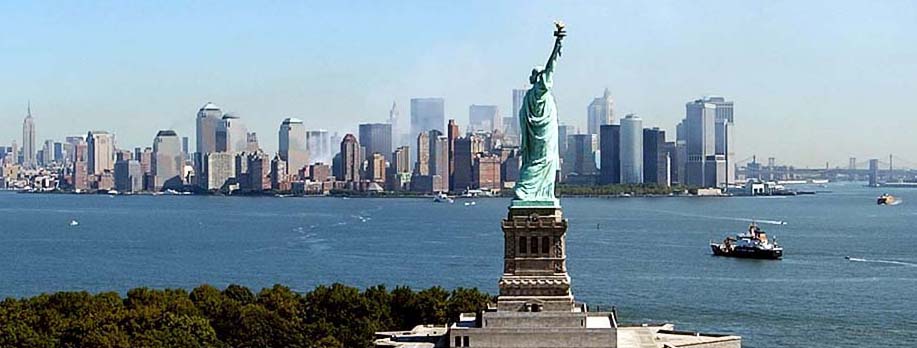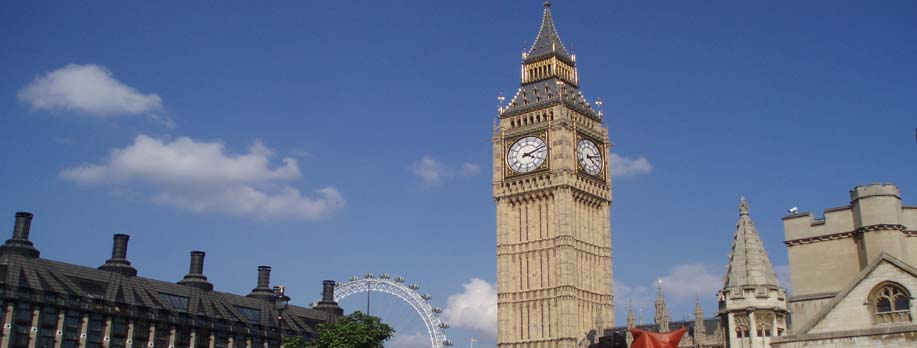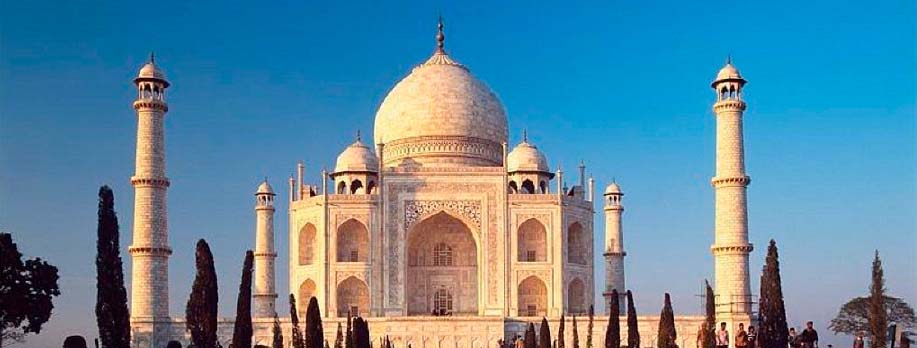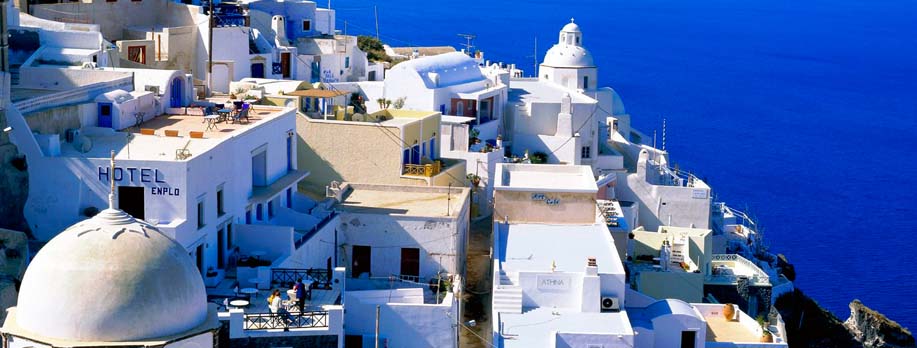| Adalaj | |
|
Adalaj is situated about 19 km north of Ahmedabad on Sarkhej-Gandhinagar highway. This step-well was built by queen Rudabai in 1499. The well has three stepped entrances that ascend into an open court. From here, a single arched heavily decorated entrance leads to a corridor. The corridor has four pavilions and is five storeys under the ground up to the well. The monument is best seen around noon, when sunlight penetrates the bottom of the five-storey octagonal well shaft, making the exquisite sculptures, the walls, pillars, cornices and niches portray erotica, dancing maidens, musicians, animals and images of Shiva come alive. Stone elephants, horses and mythical animals are seen around the sides of the shaft. |
 |
| Modhera | |
|
Around 102 km north-west of Ahmedabad lies the town of Modhera. The Sun Temple in this town, built by Raja Bhimdev I, is a major source of attraction here. The Temple has been divided into three main compartments. The first is the Surya Kund, a fascinating massive rectangular stepped tank. The tank now stands dry, but in ancient times it was believed to be full of nirmal jal (holy water). Devotees on their way to offer prayers to the Sun God were required to first stop here for ceremonial ablutions. Several small steps from the Kund lead up to the enchanting Sabha Mandap. The place was meant for religious gatherings and conferences. Open on all sides with four doorways, the major attraction here is its unique walnut-shaped ceiling supported by 52 spectacular pillars. Each of these pillars is intricately carved with scenes form Ramayana, Mahabharata and the Krishna Leela (the childhood antics of Lord Krishna). The Guda Mandap contains a surang (tunnel), the other end of which is believed to emerge at Patan. These tunnels provided the ideal escape routes for the kings and members of the royal family in case of attacks. From Modhera, one can also take trip to the nearby towns of Unjha, where one can find the fragmented ruins of an ancient temple. |
 |
| Patan | |
|
Famous for Patola saris, Patan is situated at about 130 km north-west of Ahmedabad on the banks of the river Saraswati. Originally known as Anhil-Vad-Pattan, the town flourished during the reign of the Solanki dynasty in 8th-11th century. The Queen/’s Step well or Rani-Ki-Vav is one of the most fascinating monuments in the town. Constructed by queen Udayamati (AD 1022-63) and built in the Khajuraho style, the vav is 90 feet wide. Its walls are lined with images of Vishnu, Shiva and other gods and goddesses. Also situated here is the Sahastralinga Talav or tank of a thousand Shiva shrines spread over an area of 5 km. Its construction was carried out by Jayasimha Siddharaja (AD 1093-1143). Among the Jain temples in Patan, said to number over a hundred, the one dedicated to Panchasara Parasvanath is the largest. It has a famous white marble image of Vanaraja. In its vicinity lies the Hemchandracharya Jain Gyan Mandir that contains valuable Jain manuscripts, some of which were written in ink made of gold. |
 |
| Sarkhej | |
|
Sarkhej lies about 8 km from Ahmedabad city. Here one can find some of the most elegant architectural complexes of Ahmedabad. Around a stepped tank lies the tomb of saint Ahmed Khattu Ganj Baksh, the mosque, the tombs of Mahmud Shah Begada and his queen, and the palace and pavilions. The pierced stone trellises have been used throughout the construction of the buildings which are completely devoid of arches. |
 |
Ahmedabad City Travel Guide |
Sight Seeing of Ahmedabad |
Excursion in Ahmedabad
Ahmedabad Hotels










